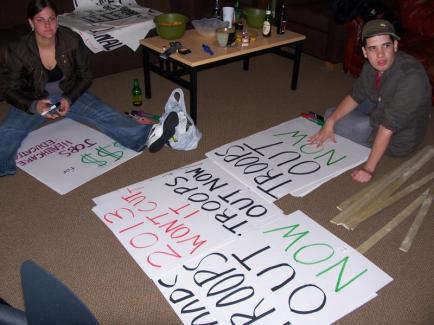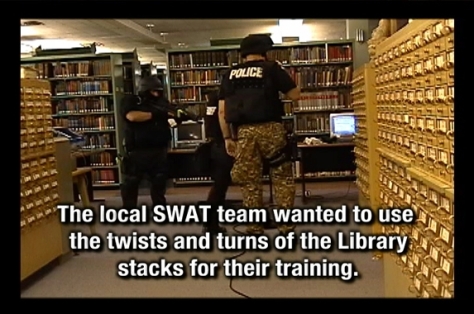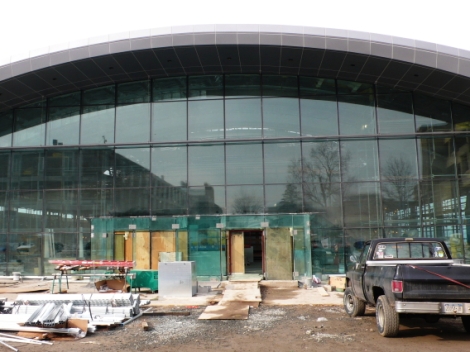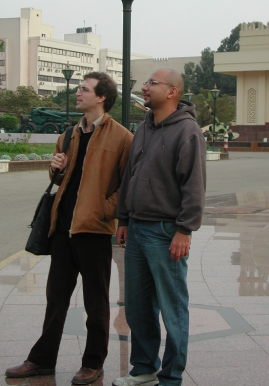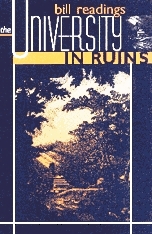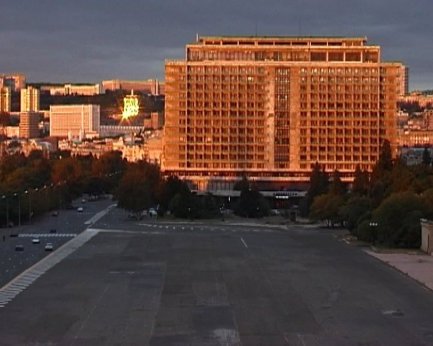Wafaa Bilal is currently an artist-in-residence at Rensselaer Polytechnic Institute in the city of Troy, New York. Shortly after his arrival on March 5, his exhibition in the gallery of the Arts department was closed to the public by order of the university’s president. Today there is no certainty that the exhibition will be reopened. What I want to show is that every aspect of Wafaa Bilal’s visit to RPI points back to one fundamental issue: the value of free speech in a democracy.
Bilal was born in Iraq in 1966. He resisted the authoritarian government of Saddam Hussein, suffered persecution and then escaped the country, emigrating to the US in the early 1990s to realize a lifelong dream. He completed an MFA at the Chicago Art Institute in 2003 – and then, due to circumstances far beyond his own choosing, he became one of the most controversial artists in America.
He works with photography, video and computer games, using the Internet to reach beyond the gallery to a wider public. At the heart of his recent pieces is a single principle: he performs the existence of an Iraqi civilian. He shows us, tells us and tries to make us feel what life might be like right now, for those he left behind in his home country. By staging himself in interactive situations, he asks each of us to chose what we have to say to the Iraqi people.
Let’s remember that Iraqis are not necessarily our enemies. US armed forces originally came to liberate them from a dictator. This apparently simple premise has given rise to a terribly complex dilemma. An occupying power, claiming to restore democracy to a foreign nation, is faced with deadly attacks on its forces and with the parallel development of civil wars linked inextricably to its presence. A civilian population, which had no voice and no chance to intervene in any of the events leading up to this violence, is faced with explosives, assassinations, cross-fire, penury, immeasurable suffering and death. By the most cautious and thoroughly documented account available, the liberation of Iraq has been accompanied by 81,632 civilian deaths by violence since March 20, 2003 (cf. www.iraqbodycount.org). Each of those who have died, including Bilal’s own brother, is a unique human being, just like each of the 3,974 Americans who have died in the war. The question that arises today is whether the citizens of the United States – who, through our elected representatives, did collectively decide to engage in violence – can still speak in public about the consequences of that decision.
What does it mean to speak in public? It’s no longer so easy as standing on a soapbox. We live in an intensely mediated society. Every day, politicians, journalists, newscasters, movies, recruiting officers, brochures, posters, blogs and games “speak” about the war. They raise feelings of the widest variety: fear, revulsion, hatred, pride, a sense of strength or courage, sadness, horror, anxiety. Amid all these emotions, one overriding concern is constantly at issue: our relation, as a listening and viewing public, to the image of American servicemen and women faced with a strange, seemingly unknowable enemy. That one issue conditions every political decision made about the war. Yet those whom we came to liberate – not our enemies, but the Iraqi people – are strangely absent from this discussion. As if in reality, we wished to know nothing about them.
Wafaa Bilal is now a US citizen. He uses his rights as a citizen to speak to us symbolically, with photographs, videos, websites, interactive games. He insists that symbolic speech has its consequences. One of his recent pieces was entitled “Domestic Tension: Shoot an Iraqi” (2007). He designed an interactive website allowing anyone, anywhere, 24 hours a day, to aim a paintball gun inside a gallery and fire it at him. With this work he addressed the American public. The participants chose their responses. They could speak with bullets, by firing paintballs at a supposed enemy; or they could respond in any other way, with words, with letters, with emotions, with recognition and respect, with solidarity for another human being. Some of them found that if they “spoke” just right, by a click just in time, they could divert the paintball which another participant was firing directly at the artist.
Bilal came to the Rensselaer Polytechnic Institute with a video game: “The Night of Bush Capturing: A Virtual Jihadi.” Here, the situation is complex, like the war itself. Bilal’s piece is based on the video game “Quest for Saddam,” where American gamers were invited to attack and kill stereotyped Iraqi enemies during a mission to capture the dictator. This commercial game was hacked by individuals claiming to be part of Al Qaeda. They transformed it into a game where Islamist warriors seek to kill the American president. Then they offered it to people in Iraq, just as the original game had been offered to young Americans. Bilal hacked the hack, and placed his own image in the game. He let himself be symbolically absorbed within it, the way any teenager would be absorbed during the time of play. And he then made this situation public, as the central element of his exhibition at RPI. Via Bilal’s image, you become the virtual jihadi, playing the game as an individual on a giant screen which forms the public exhibit.
Wafaa still has one project going at RPI: and you can participate, at www.dogoriraqi.com. He wants your vote to decide which one — a dog named “Buddy,” or an Iraqi, himself — will be waterboarded at an “undisclosed location” in upstate New York. An act which has gained a whole new timeliness, since President Bush just vetoed the Congressional bill that would have prohibited it.
Are Iraqis our enemies? Did we already vote for torture? Is free speech the essence of a democracy? Would you pull the trigger? To ask these dangerous questions through symbolic speech, without physical harm to anyone, is a possibility that art can give us. To make use of that possibility, and thereby to keep democracy vividly alive, is to fulfill one’s civic responsibility. This kind of challenging and open debate is what we could expect in the cosmopolitan atmosphere of a great university. Yet precisely that has been denied, with the closing of the exhibition “Virtual Jihadi” at Rensselaer Polytechnic. Exercise your right of expression. Write to President Shirley Jackson in favor of re-opening the show (email: president@rpi.edu). Free speech is now severely threatened. But what we need today, at a minimum, is to ask many more public questions about the reasons for remaining involved in this war.
Brian Holmes
.
Wafaa Bilal interviewed on the RPI censorship
“People, this is art. It’s supposed to educate.”
The exhibition, “Virtual Jihadi,” has been restaged at the Sanctuary for Independent Media in Troy, New York. See the Sanctuary’s website for extensive information.


